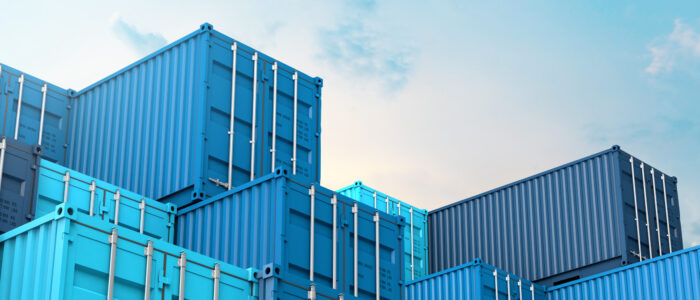The adage, anything that can go wrong, will go wrong is working overtime when it comes to port congestion in China. Because of huge demand, bad weather and COVID-19 health concerns impacting the number of people working in close proximity, the ocean cargo is piling up both inbound and outbound. Ships are waiting to discharge, rates are climbing and everyone is wondering what the timeline will be and when the bottleneck will release.
Increased demand for cargo out of China is challenging by way of sheer equipment and labor taken by their market. More exports means they need more containers, more chassis, more drivers, more of everything and then that enormous quantity leaves and has to travel, unload, reload and turn back in a delicate balance that can be tipped into catastrophe if demand changes. And demand has changed. The coronavirus has altered shopping and retail models, soaking up available space with essential goods. Early service cuts and blanked sailings grabbed excess capacity from the market leaving rates high, but also leaving shippers few options to move cargo out of China.
Coupling the increased demand with bad weather, flooding and delays, Chinese ports are struggling to keep up with the containers that need to be discharged and containers that need to be loaded. Splash 24/7 estimates that 7% of the global fleet is stuck in ports and 3.9% are unable to discharge cargo. Hygiene protocols for workers has cut the available labor and staff at ports because people can’t be loaded in closely and fewer workers makes for slower progress.
The best way to mitigate delays caused by port congestion is to have all cargo planned and cleared on time so there are no further delays. We can investigate alternative ports or inland trucking options if you need to bypass the crowded areas. Nelson International has options for all cargo situations and our solutions can save you time and money. If you’re looking for a new supply chain plan, reach out to your representative today.


Comments are closed.